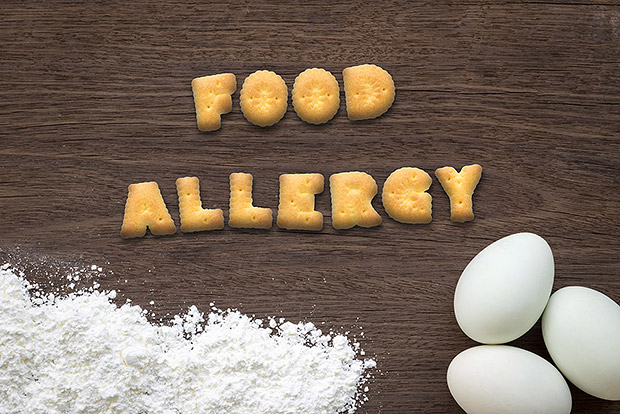
An allergic reaction to food can be as mild as an upset stomach or as severe as restricted breathing and death. Food allergies may be identified when eating a new food for the first time or develop during adulthood with foods you have regularly eaten for years. If you’ve noticed changes in how you feel after eating, you may need to eliminate certain foods from your diet.
Common food allergies include shellfish, fish, peanuts, tree nuts, eggs, dairy, soy, and gluten.
Symptoms of food allergies
Food allergy symptoms can occur within a few minutes of eating. Sometimes the symptoms are mild, including stomach cramping or itching in the mouth and throat. More severe allergies may cause lip and tongue swelling, hives, vomiting, or diarrhea. Some allergies cause tightening of the throat and a dangerous drop in blood pressure. This severe reaction is called anaphylaxis and requires immediate medical attention.
The severity of an allergic reaction can vary from person to person. An allergy to peanuts in one person may cause an itchy throat, while others risk anaphylaxis simply from exposure to peanut particles.
Healthy food substitutions
The foods most commonly associated with allergies are also nutritious, making healthy eating challenging. Nuts contain heart-healthy fat, whole wheat provides fiber, and fish and eggs are good sources of protein. It’s important to talk with your doctor before substituting food to ensure you are not swapping one allergen for another. These foods may provide healthy options to ensure you get the necessary nutrients while decreasing the risk of aggravating a common food allergy.
- Sunflower seeds, pumpkin seeds, and seed butters provide similar protein, fat, and minerals as many nuts and nut butters.
- Replace dairy with almond, rice, or soy milk products.
- Choose poultry, beans, or tofu to replace lean protein in fish and shellfish.
- Lentils, chickpeas, and fava beans can serve as a substitute for soy and soybeans.
- Gluten-free oats and flour blends can be used in baked goods for those with wheat allergies.



 3 Healthy Lunches for Your Work Week
3 Healthy Lunches for Your Work Week
 5 Tips for Stretching Your Budget for Healthy Food
5 Tips for Stretching Your Budget for Healthy Food
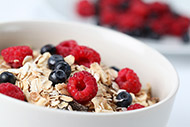 Best Ways to Reduce Added Sugar
Best Ways to Reduce Added Sugar
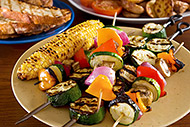 Healthy Tips to Lighten Up Picnic Foods
Healthy Tips to Lighten Up Picnic Foods
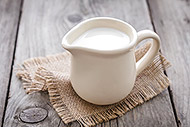 Do You Need to Drink Milk?
Do You Need to Drink Milk?
 Tips to Keep Track of Water Intake
Tips to Keep Track of Water Intake
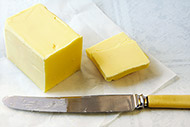 Butter vs. Margarine: What’s the Best Choice?
Butter vs. Margarine: What’s the Best Choice?
 Find Your Healthy Eating Style
Find Your Healthy Eating Style
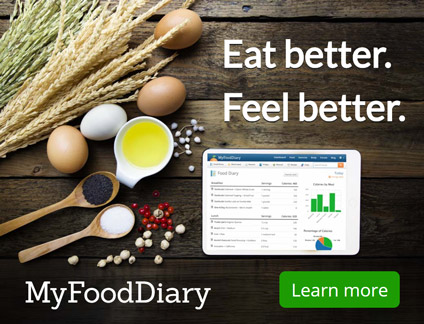
 Pinterest
Pinterest RSS Feed
RSS Feed